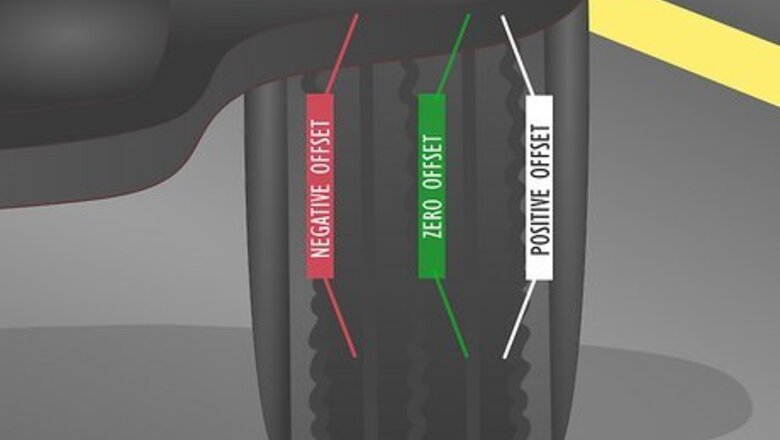
views
- A wheel’s offset refers to the specific location of a rim’s mounting plate relative to the centerline of that rim.
- A rim with a neutral offset has a mounting plate perfectly in the center. Positive offset means the plate is further away from the car, while negative means the plate is closer.
- Backspacing specifically refers to the raw distance from the back edge of the rim to the mounting plate location.
What is wheel offset?

Wheel offset is the distance between the centerline of the wheel and the hub mounting surface. Every rim has a centerline, which is the exact center of the rim. When looking at the rim from the top (the way it would sit on your car), that center is the line in the middle running parallel between the front of the rim to the back. However, different rims have different mounting locations where they connect to a wheel’s hub, and different cars require different offsets based on the location of their wheel hubs. The three options are: Positive offset: the mounting surface of the rim is farther away from the centerline so that the wheel sits closer to the chassis. Most modern vehicles require positive offset rims to keep the wheels directly in line with the fenders. Neutral/zero offset: the mounting surface is in the exact center of the rim so that the wheel sits flush against the chassis. You’re most likely to find neutral offset wheels in classic cars and modern vehicles that are rear-wheel drive. Negative offset: the mounting surface is closer to the interior surface of the rim so that the tires stick out further away from the chassis. You’ll occasionally see negative offset rims on utility vehicles and vehicles designed for off-roading, but never on a typical car or SUV.
How is offset measured?

Wheel offset is measured in millimeters and ET. Wheel offset is always measured in millimeters. A negative number indicates a negative offset, while a positive number indicates a positive offset. You’ll often see offset listed in ET, which is short for the German word for offset, “Einpresstiefe.” So, an offset of ET30 means that the tires have a positive offset of 30 mm. If the offset isn’t listed on the back of a rim, you can measure the offset by measuring the horizontal centerline on the rim, and then calculating the distance from the hub to the back edge of the rim. Important Compatibility Note: A rim’s offset is typically listed on the back. If you’re removing old tires to install an aftermarket set, you must use tires with the same ET.
What is wheel backspacing?
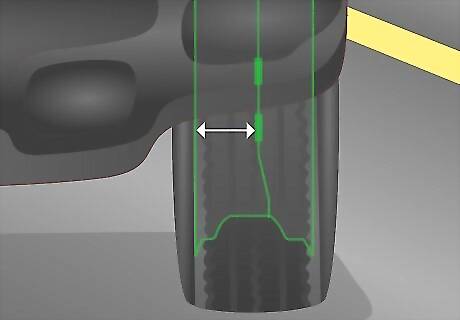
Backspacing is the old-school method for measuring offset. Backspacing refers to the distance between the backside of a rim and the back of the mounting plate that connects to your hub. It is measured in millimeters or inches, and it’s always a positive number with 0 mm being zero gap between the mounting plate and the hub. Just to clarify, backspacing functionally measures the same thing as offset. You just normally don’t need to know the backspacing because modern rims all use the same offset system. You only need to measure the backspacing if you’re replacing the rims on a classic car, there’s no offset printed on the back of the rim, and you have to manually calculate how a rim will sit in the wheel well. To measure backspacing, place the rim flat with the backside facing up. Place a perfectly flat object (like a 2 by 4) flat on top. Then, place a ruler in the center of the mounting plate and determine the distance from the mounting plate to the edge of the rim.
Why are offset and backspacing important?
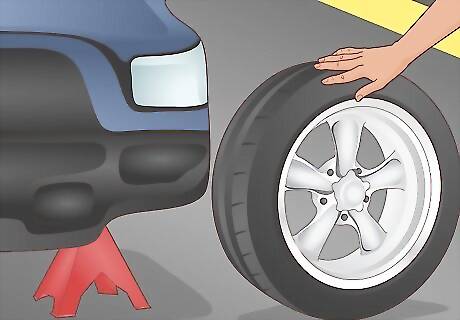
Wheel offset determines what rims will fit on your car. This isn’t a question of personal preference or customization—every vehicle can only fit rims of a certain offset/backspacing. If you use rims that aren’t suited to your vehicle, it can create all kinds of problems that will make your car unsafe to drive. You cannot change a vehicle’s offset. You can change a rim’s offset, but you must see a professional tire expert to have this work done. That said, it’s difficult and expensive to do this, and you’re almost always better off just getting different rims.
Problems with Excessive Positive Offset
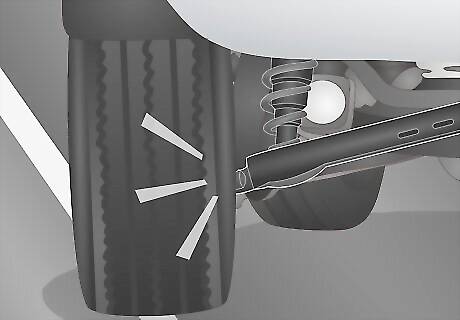
Bodywork or suspension damage With the tires and rims too close to your chassis, they can brush against the body of your vehicle or the suspension when you turn at certain angles. In extreme cases, it’ll just cause damage when you drive straight, too. This can lead to costly repairs. If the offset is more positive than it should be, your tires are closer to the vehicle than they should be.
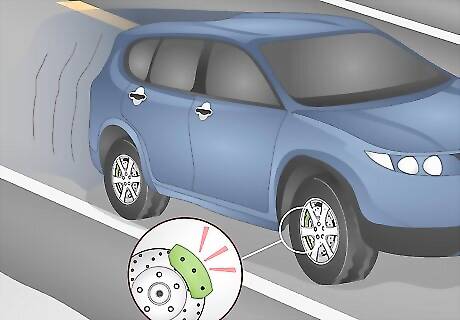
Trouble braking A positive offset can create a larger gap between the brake pads and the rotors. This may make it harder for your vehicle to slow down. You’ll probably feel like your brakes are much less reactive than they should be given how hard you press the pedal. This can be extremely dangerous.
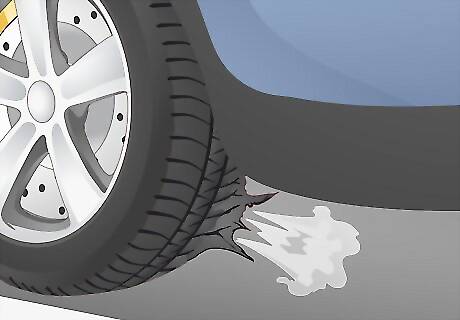
Potential tire failure If any of your tires rub against the chassis of the vehicle, the friction can cause the tire to warp, crack, or even blow. If that happens when you’re driving at a high speed, it can cause you to lose control of the vehicle, which is a major safety risk.

Poor handling Excess positive offset means your tires are closer to the vehicle’s body than they should be. As a result, your steering wheel will feel tighter and less responsive. Your steering column is constructed based on the premise that the tires will be in one position, but they’re in another. This will make driving the vehicle feel strange and difficult.
Problems with Excessive Negative Offset

Steering wheel kickback Kickback occurs when the steering wheel sharply pulls or moves without any driver input. With the wheels out farther than they should be, the wider contact with the road will generate friction in the steering column. This can make operating the vehicle extremely difficult. If the offset is too negative, your tires are further away from the wheel well than they’re supposed to be.
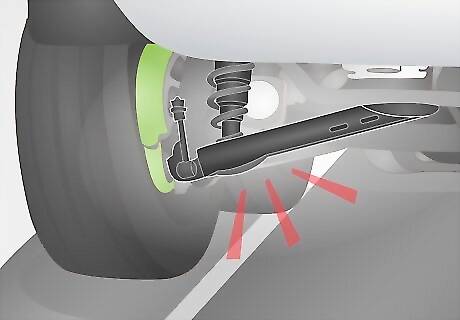
Stress on the suspension system Every vehicle’s suspension system is configured based on the premise that the wheels are sitting in the correct positions. If they’re sticking out farther than they should be, it can put a lot of pressure on the ball joints, control arms, and steering knuckles that make up your suspension system. This may not have an immediate impact on your vehicle, but over time it can cause premature suspension failure, which is expensive.
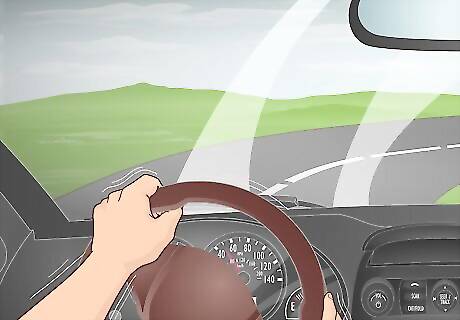
Poor handling Like excessive positive offset, too much negative offset can make your car feel worse than it should. With the wheels so far out, cornering will feel much more intense and you’ll likely find yourself moving the steering wheel a lot more than you otherwise would. This can make the car feel kind of slow and unreactive.
How Offset Affects Tire Selection

You must use rims with offset that match your vehicle’s specifications. Rims are sold based on their offset values. Purchase rims with an offset that matches the vehicle’s original stock tires. Look at the backside of the rim to find the ET measurement. If you’re putting rims on the vehicle for the first time, look up that make and model’s original wheel dimensions to find what you need. Most modern vehicles require a slightly positive offset, while older cars typically use rims with a neutral offset. Almost no vehicle requires negative offset wheels unless it is designed specifically for off-roading.



















Comments
0 comment